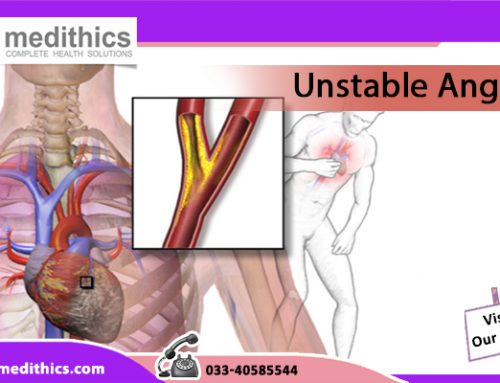During a pacemaker or an Implantable Cardioverter Defibrillator (ICD) implant, electric wires called leads are used to transfer energy to the heart to get to beat normally. Leads are placed inside your body along as a part of the procedure. A lead extraction is the procedure of taking out those lead or leads from your body.
A lead extraction might be necessary if:
- If your lead has been damaged for some reason.
- If there’s a blockage. This might be due to considerable amount of scar tissues at the tip of the lead, making it difficult for the pacemaker or ICD to transfer required electrical energy through them.
- If there’s an infection in the area where the lead was planted.
Overview
There are two types of lead extraction:
The Subclavian Approach is the most commonly used. In this approach an incision is made in the upper chest over the subclavian vein through which the leads are extracted.
In Femoral approach, leads are extracted through a small hole made in the groin area over the femoral vein. It is used when the subclavian approach won’t work.
Before the treatment
How is it performed
The lead extraction process will take from 2 to 6 hours while you lie on the hospital bed with an IV line in your arm that pushes medicines and fluids inside. Your condition will be constantly monitored. Your chest and groin area will be shaved and cleaned and sterile drapes will cover you neck onwards to your toes. A medicine will be pushed through your IV line to put you to sleep while the extraction takes place.
During the lead extraction process, depending on whether subclavian or femoral approach is being performed on you, the site of the extraction will be numbered by the heart specialist. A plastic tube is pushed through the vein to where the lead and the heart connect. The tube is used to hold the heart muscle while the extraction is being performed.
You will feel a pulling sensation while energy through a laser or a sheath to remove scar tissue from the lead. You should not feel any pain during the process. In some cases, new leads might be placed in place of the ones extracted.
Recovery
If the femoral approach was used on you, you will need to lie on the bed for several hours post the procedure. Usually, a patient is required to stay at the hospital overnight under observation post the procedure. The morning after the lead extraction, an X’ray will be performed for check up.
You will be told by your doctors and nurses about the medicines you should take, exercises you should do, and when to visit again.






Leave A Comment
You must be logged in to post a comment.